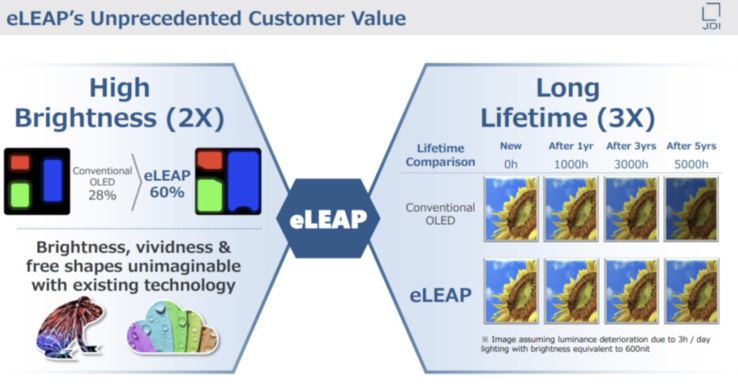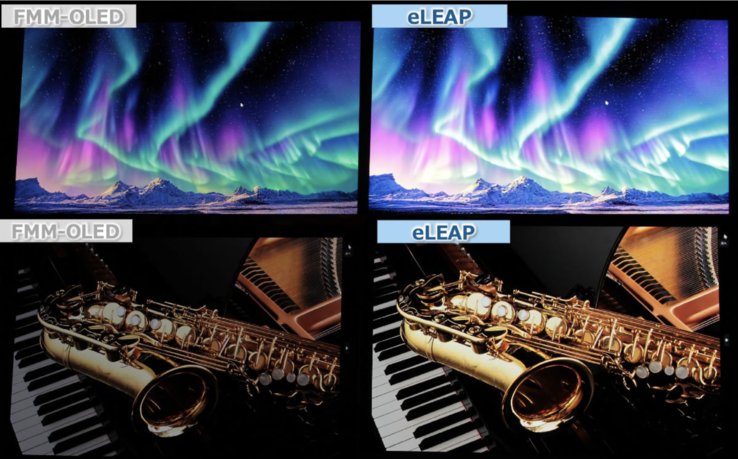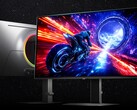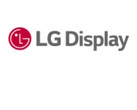LG Display has begun developing and testing Japan Display's (JDI) eLEAP OLED technology, which does not utilize FMM. Instead, eLEAP utilizes lithography to pattern red, green, and blue OLED materials, allowing for a fine pixel structure and higher aperture ratios. JDI claims a new technique achieves double the aperture ratio of conventional FMM OLED, improving light-emitting efficiency from 28% to 60%.
The testing is being conducted on LG Display’s E4 production line located in Paju, South Korea, which normally produces large OLED panels for TVs. The company already possesses all necessary CVD and thin-film encapsulation tools, which are compatible with eLEAP, enabling quick evaluation and minimal new capital investment.
Although LG Display has made no decision yet to adopt eLEAP for mass production, the company sees potential for using the technology in niche OLED markets such as 20~30-inch for automotive displays and monitors. It is suitable for pilot operation as the Paju facility currently has lower utilization, and most of the TV OLED panels are made in Guangzhou, China.
eLEAP panels offer numerous benefits, including increased brightness, reduced power consumption, and the ability to create flexible and formable displays. The company states that its technology significantly extends OLED panel lifespan by over three times compared to panels using FMM, and provides more than double the brightness of current FMM-based OLEDs. These advantages align with market requirements for energy-saving, high-performance displays used in VR headsets, wearables, and the automotive market.
Samsung Display is also rumored to be considering eLEAP, with plans for R&D to start in late 2024, which indicates the broader industry’s interest in maskless OLED production techniques. Chinese OLED producer Vixionox is also working towards non-FMM OLED production, using ViP branding for its next-gen OLED lines.
While the timing for commercial rollout remains unclear, these tests could be a breakthrough for the OLED industry. Traditional FMMs limit design options and raise costs. If successful, LG Display and others could improve yields and performance, enabling a new generation of energy-efficient, high-res displays for various devices.

















